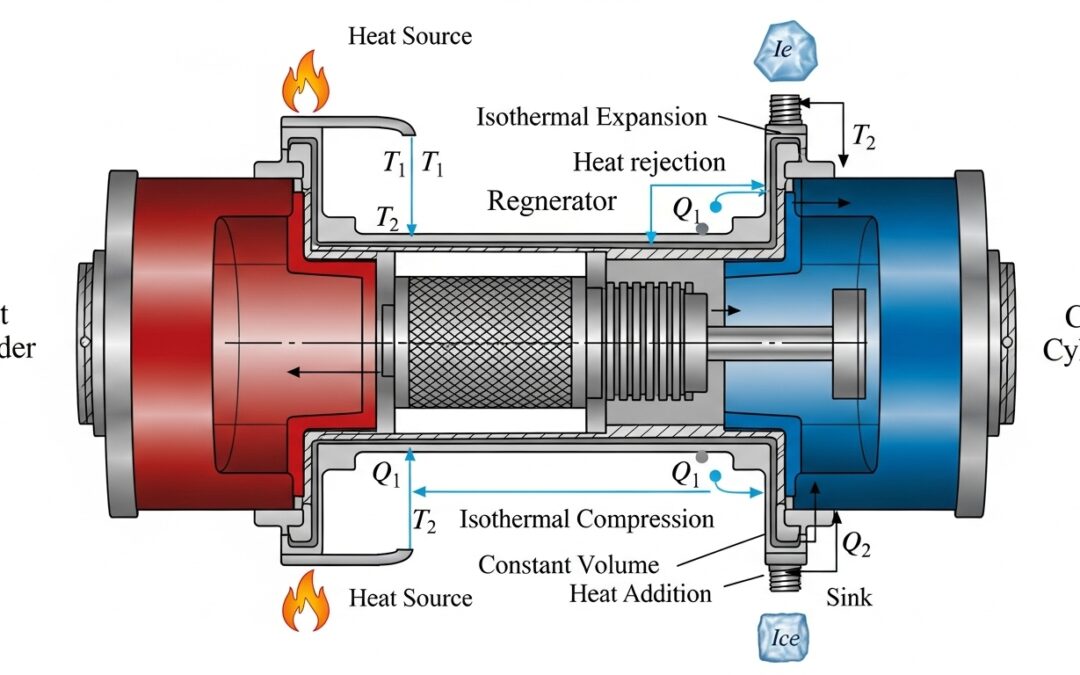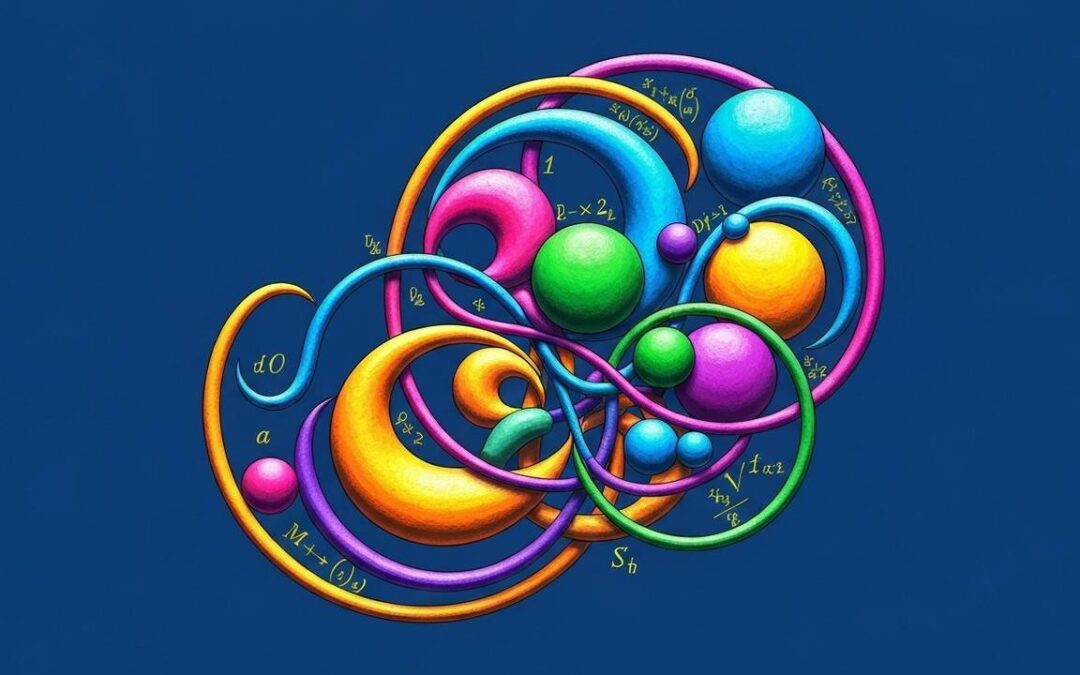Recursive functions are quite interesting, especially when we look at their areas. Consider a function that keeps calling itself, each time changing its shape. The area of recursive functions can be tricky, but let’s see how it behaves. In this case, we start with a simple function and recursively transform it. What happens to the area as we repeat this process infinitely? We’ll explore this question and find out that the area remains constant, which is quite fascinating.
Table of Contents
- Understanding Recursive Functions
- Analyzing the Base Case: ##f_0(x)##
- Final Solution
- Similar Problems and Quick Solutions
- Problem 1: Find the area under ##g_0(x) = 2 – |x|## between -2 and 2.
- Problem 2: Find the area under ##h_0(x) = 3 – 2|x|## between -1.5 and 1.5.
- Problem 3: Consider ##f_0(x) = a – |x|##. What is the area under ##f_0(x)## between -a and a?
- Problem 4: Evaluate ###\int_{-1}^{1} (2 – 2|x|) dx###.
- Problem 5: Find the area under ##k_0(x) = 4 – |2x|## between -2 and 2.
More from me
Let’s explore the fascinating world of recursive functions and their areas. In this blog post, we will investigate a specific recursive function, analyze its behavior, and determine the area bounded by the function and the x-axis as the recursion depth increases. Understanding the behavior of recursive functions is essential in various fields of mathematics and computer science.
Understanding Recursive Functions
Recursive functions are functions that call themselves within their definition. This self-referential property allows for elegant solutions to problems that can be broken down into smaller, self-similar subproblems. The area of recursive functions is a measure of the space enclosed by the function’s graph and the x-axis. In this case, we will explore the area of recursive functions.
Consider the recursive function defined as follows: ##f_0(x) = 1 – |x|## and ##f_n(x) = 1 – |1 – 2f_{n-1}(x)|##. Our goal is to find the area bounded by ##y = f_n(x)## and the x-axis as ##n## approaches infinity. This problem combines concepts from calculus and discrete mathematics, providing a rich and insightful exploration.
Analyzing the Base Case: ##f_0(x)##
The base case of our recursive function is ##f_0(x) = 1 – |x|##. This is a simple absolute value function, forming an inverted V-shape with its vertex at (0, 1). The function intersects the x-axis at x = -1 and x = 1. Understanding the area of recursive functions starts with a clear understanding of the base case.
To find the area bounded by ##f_0(x)## and the x-axis, we integrate ##f_0(x)## from -1 to 1: ###\int_{-1}^{1} (1 – |x|) dx###. Since the function is symmetric about the y-axis, we can simplify this to ###2 \int_{0}^{1} (1 – x) dx = 2[x – \frac{x^2}{2}]_0^1 = 2(1 – \frac{1}{2}) = 1###. Thus, the area under ##f_0(x)## is 1.
Iterating the Recursive Step
Now, let’s analyze the recursive step: ##f_n(x) = 1 – |1 – 2f_{n-1}(x)|##. This step transforms the function in each iteration. The term ##2f_{n-1}(x)## doubles the amplitude of the previous function, and the absolute value ensures that the function is always non-negative. Understanding the area of recursive functions involves tracking these transformations.
The transformation ##1 – |1 – 2f_{n-1}(x)|## essentially creates a sawtooth-like pattern. Each tooth in ##f_{n-1}(x)## is converted into two teeth in ##f_n(x)##, each with half the width and the same height. This process is crucial for understanding how the area behaves as ##n## increases. This is a key step in understanding the area of recursive functions.
Area Invariance
As ##n## approaches infinity, the function ##f_n(x)## becomes a periodic sawtooth wave. Each iteration doubles the number of teeth while halving their width, maintaining the same height. This means that the area under each tooth is halved, but since there are twice as many teeth, the total area remains constant. The area of recursive functions remains constant due to this balance.
Therefore, the area under ##f_n(x)## between -1 and 1 remains equal to the area under ##f_0(x)##, which is 1. This result holds because the transformation preserves the total area, even as the function becomes increasingly complex. This is a critical observation when considering the area of recursive functions.
Final Solution
The area bounded by ##y = f_n(x)## and the x-axis as ##n## approaches infinity is 1. This result is obtained by analyzing the recursive transformation and recognizing that it preserves the total area under the curve. The area of recursive functions in this specific case converges to a constant value.
In conclusion, the area remains constant at 1 due to the nature of the recursive function, which doubles the frequency of the sawtooth pattern while maintaining the same overall area. This showcases an interesting property of recursive functions and their areas. The area of recursive functions can be determined by understanding the transformation properties.
Similar Problems and Quick Solutions
Problem 1: Find the area under ##g_0(x) = 2 – |x|## between -2 and 2.
Solution: The area is 4.
Problem 2: Find the area under ##h_0(x) = 3 – 2|x|## between -1.5 and 1.5.
Solution: The area is 2.25.
Problem 3: Consider ##f_0(x) = a – |x|##. What is the area under ##f_0(x)## between -a and a?
Solution: The area is ##a^2##.
Problem 4: Evaluate ###\int_{-1}^{1} (2 – 2|x|) dx###.
Solution: The integral evaluates to 2.
Problem 5: Find the area under ##k_0(x) = 4 – |2x|## between -2 and 2.
Solution: The area is 8.
| Concept | Description | Value/Result |
|---|---|---|
| Base Function ##f_0(x)## | Initial function definition | ##1 – |x|## |
| Recursive Step ##f_n(x)## | Transformation applied in each iteration | ##1 – |1 – 2f_{n-1}(x)|## |
| Area under ##f_0(x)## | Area bounded by ##f_0(x)## and the x-axis | 1 |
| Area under ##f_n(x)## as ##n \rightarrow \infty## | Limit of the area as the recursion depth increases | 1 |
| Key Observation | The area of recursive functions remains constant due to the properties of the transformation. | Area is preserved in each iteration. |
We also Published
RESOURCES
- Why Are Recursive Functions Used? : r/computerscience
- c – recursion using only heap area – Stack Overflow
- computability theory – Inverse Ackermann – primitive recursive or not …
- Help with Recursive Function – C++ Forum
- Are there natural, small, and total recursive functions that are not …
- Good introductory books on primitive recursive functions …
- Do any programming languages use general recursive functions as …
- logic – Examples of partial functions outside recursive function theory …
- Constant propagation in recursive functions – Internals & Design …
- Warning for recursive functions without tailrec annotation …







0 Comments